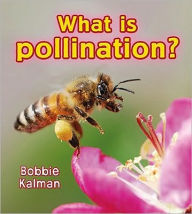Melissa Stewart earned degrees from Union College and New York University and worked as an editor. She is the author of more than sixty books and lives in Massachusetts.
Higgins Bond received a BFA from the Memphis College of Art and has illustrated many books for children. She lives in Tennessee.












